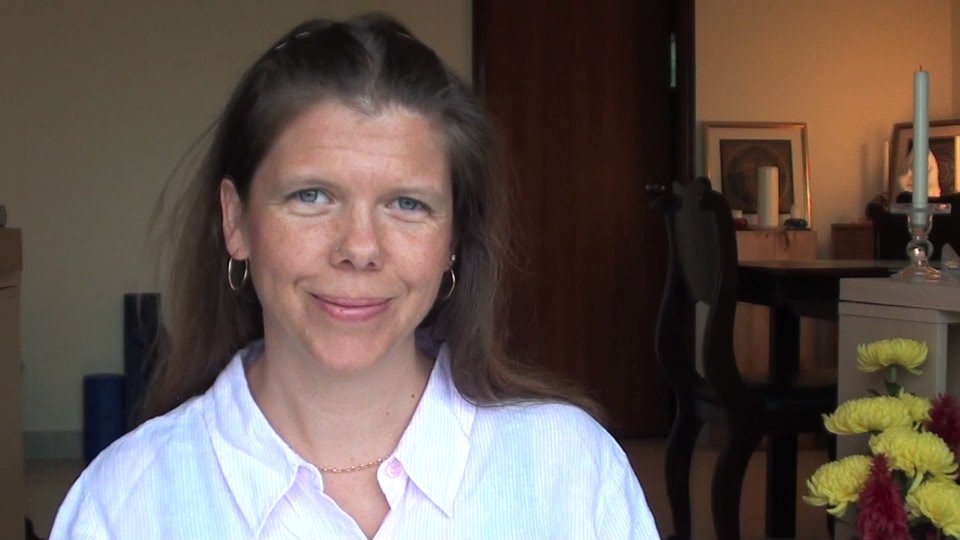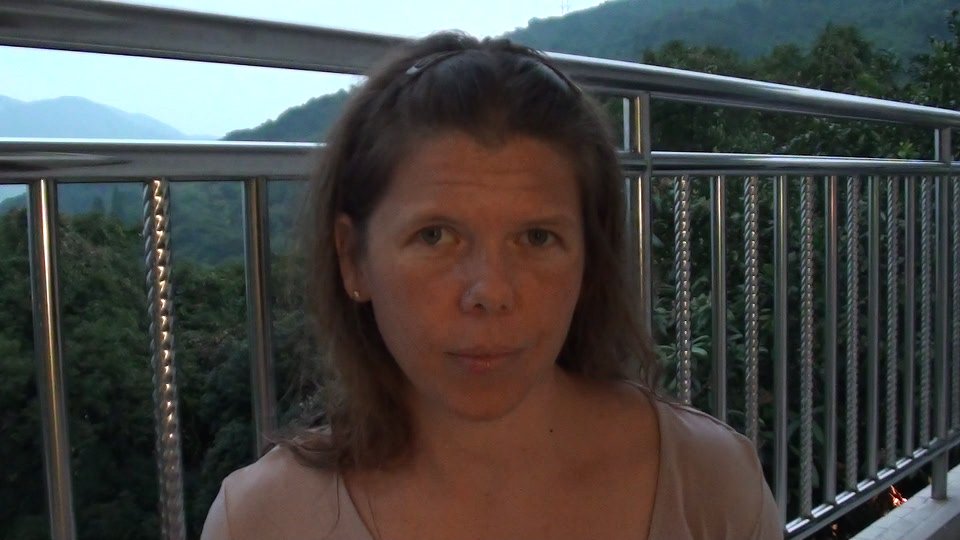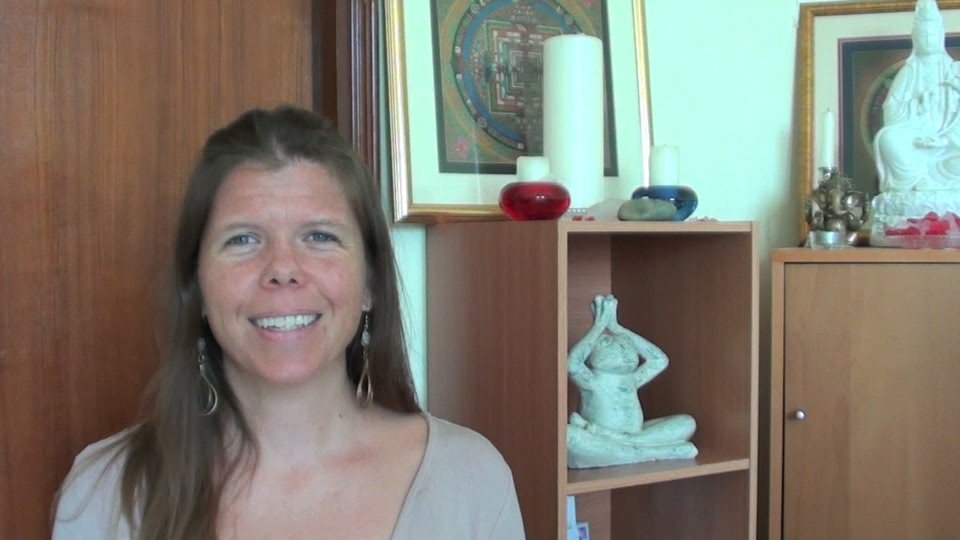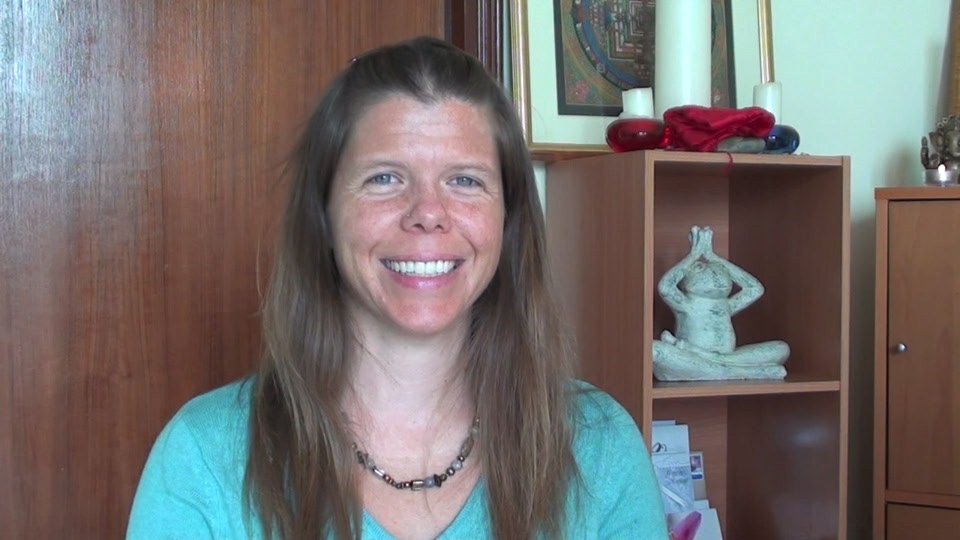
In order to benefit from meditation we have to practice. Just like exercise, we have to do it to get more fit!
The key to your meditation practice is to remember why you want to meditate.
Take a moment to remember what you want to gain… is it calm? A better way to deal with stress? To be less anxious? Relief from physical pain? Inner peace? Self knowledge?
Whatever it is, take a moment to remember that now.
Your reason for meditating is very important because that is your motivation to practice.
Without it you will not practice. It is that crucial. It is the key to keeping your practice going on a daily, weekly, monthly, yearly basis. Keep your reason close to your heart, write it down and look at it periodically or review it in your mind every so often. It may change over time as your practice grows, which is wonderful. Whatever it is, keep it close.
Another helpful thing to do is to measure your progress.
It helps to measure whether you are you moving towards your goal or not.
How can we measure our progress?
We can do the very simple procedure of tracking our practice.
It works like this: get a notebook or a piece of paper and write down every day a few key items…
1. How often you practiced today (Example: Today’s Date: 0 or 20,000 times)
2. Any insights you had or questions that came up. (Example: I realized today that lack of sleep has a big impact on my ability to focus!)
3. Anything that changed today (Examples: Today it was easier to focus. or Today it was harder to be present.)
Start with these and see how it goes. I recommend doing this for at least a full week to see if it helps you or not. Over the course of your week, you may realize that you want to track different things than these. For instance, you may want to track how much sleep you’ve had or how easy it was to focus or how long it took you to get through your meditation.
Whatever you choose to track, I do recommend that you always track how many times a day you practice because it will encourage you to practice if you know that you are writing it down. And it is wonderfully encouraging to look back after several weeks or months and see how much you have practiced!
Finally, you can track on paper, on your phone, on your computer… whatever is easiest for you.
I like paper for meditation because I like to journal about any questions that keep coming up. For running I use an app on my phone or a calendar on the wall if I’m doing specific training for a race.
Some people like to track on a spread sheet at their desk, or use their phone’s note app or a tracking app. You could send daily emails to yourself using the same or similar subject lines or use task management software if you wanted to get really fancy (esp if you already use it for work or other projects in your life). If you’ve tracked anything in the past, think about how it worked for you and whether you can use it for meditation practice now.
There are many, many ways to track, the most important way is the one that works for you. Choose the one that seems easiest at first, and experiment until you’re satisfied that you’ve found something that’s easy.
In case you like the app idea, here is a meditation app that says that it allows you to track your practice via iPhone: Equanimity, ‘easily log meditations not timed using your iPhone (at a class or retreat etc)’. And here’s a whole list of them, which may suit your needs. I haven’t tried any of them, so if you do, please let me know how it goes!
And feel free to put what works for you for tracking, including other apps below!
Enjoy,
Elena














